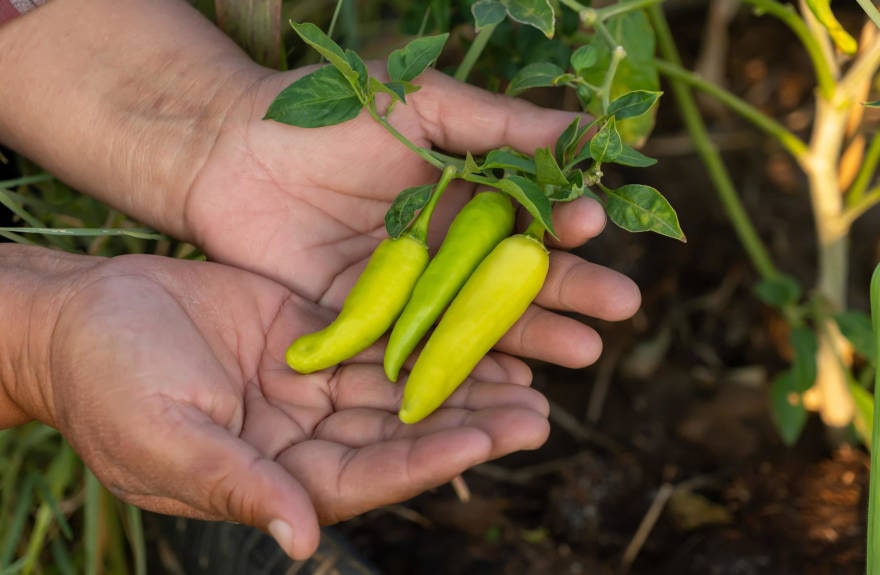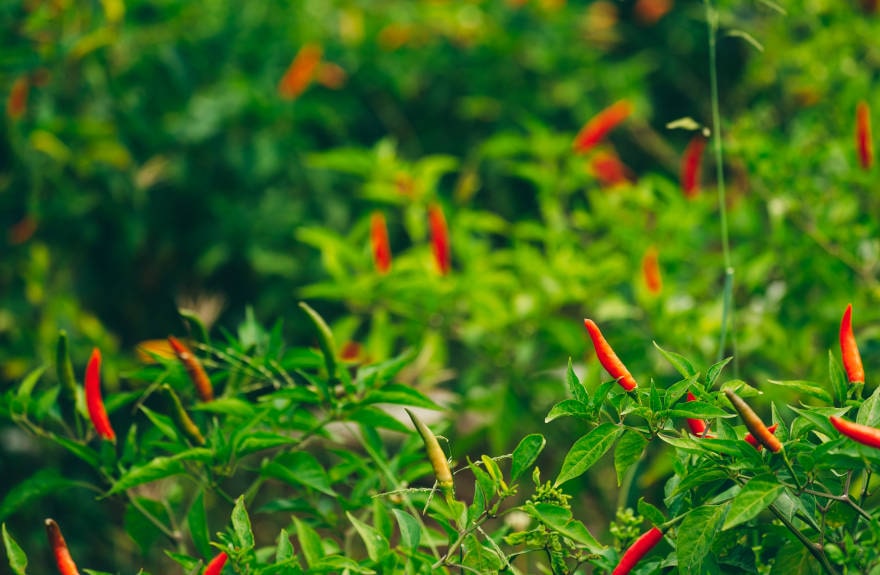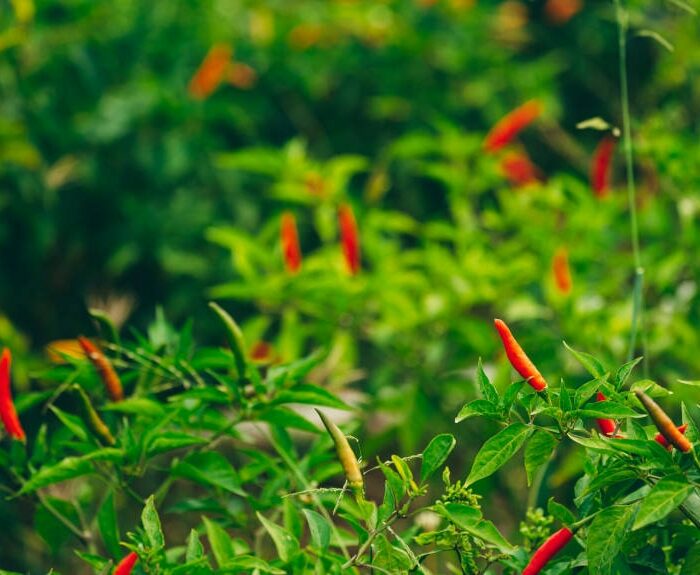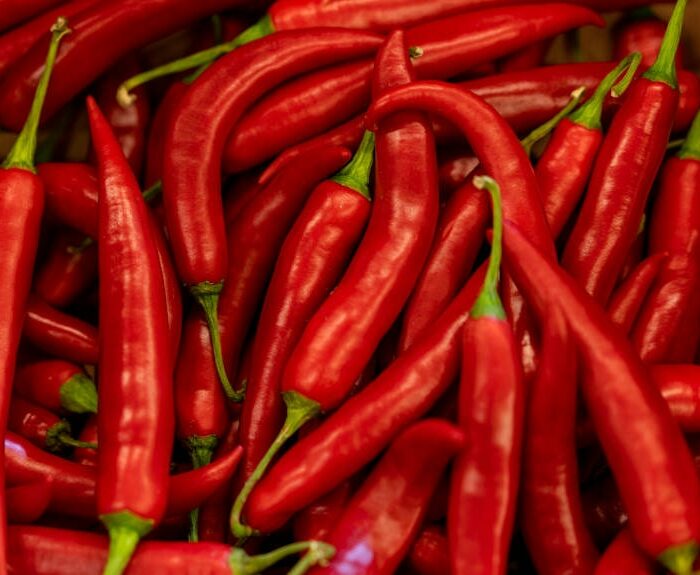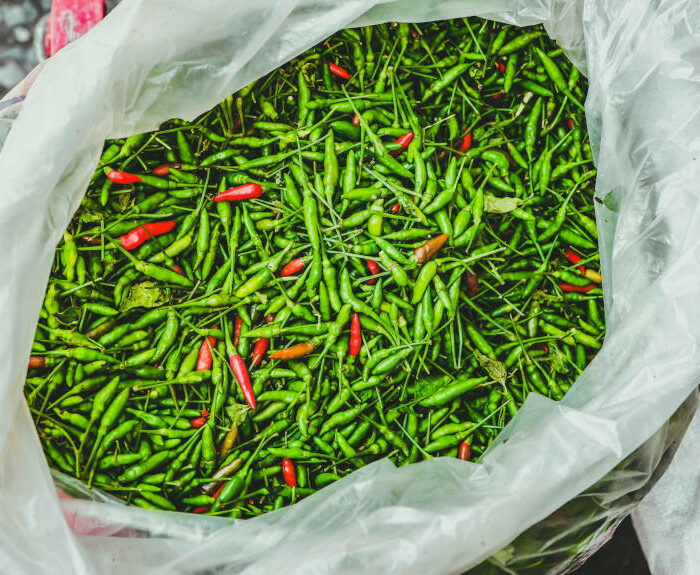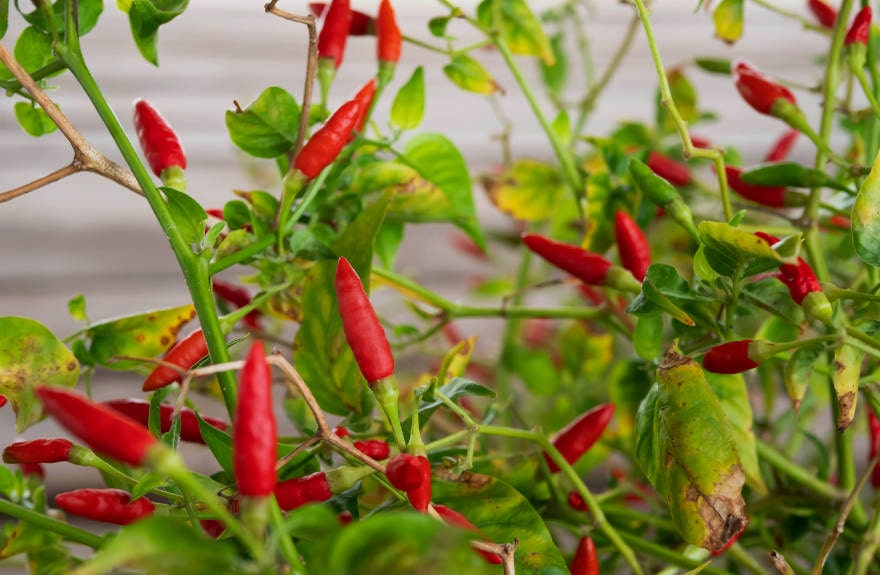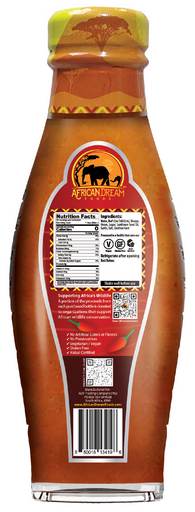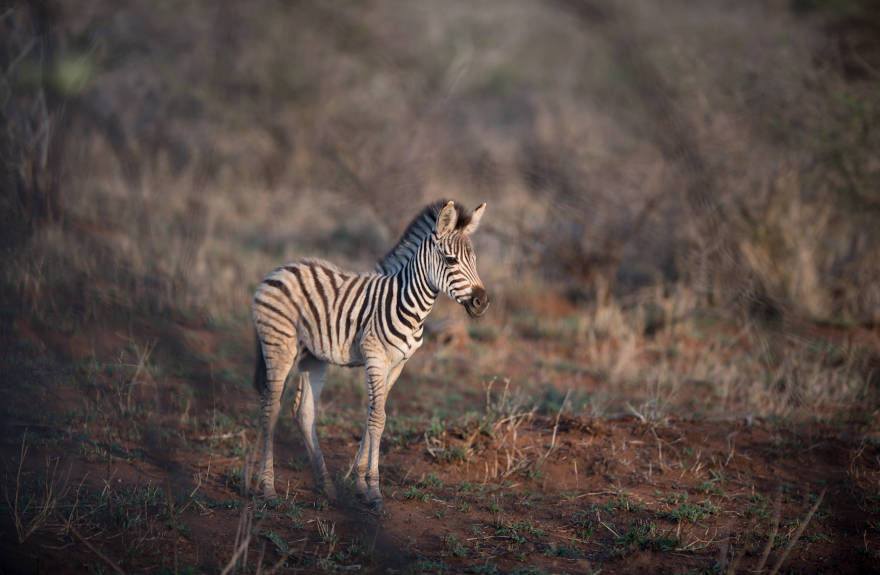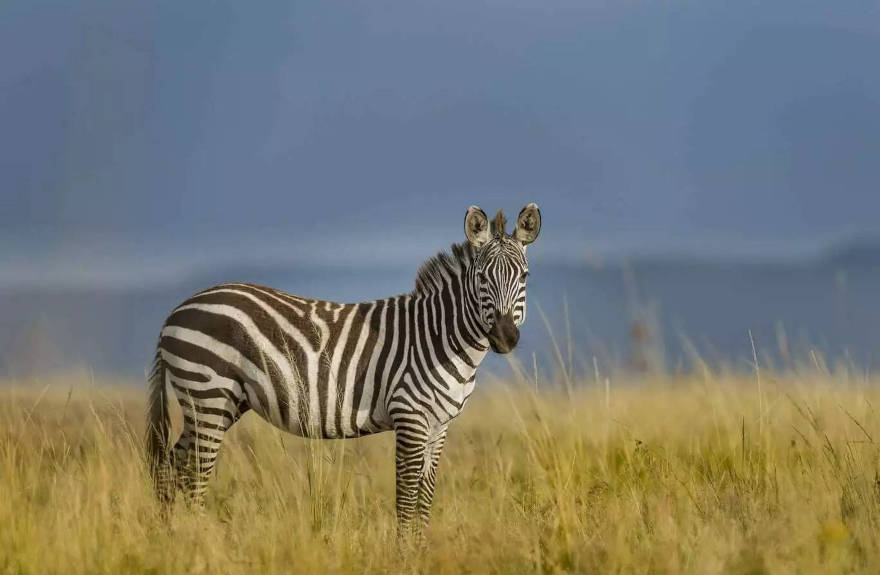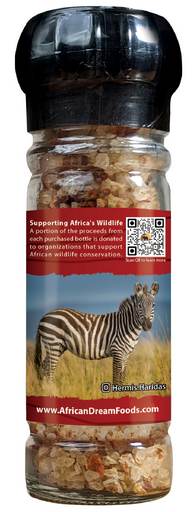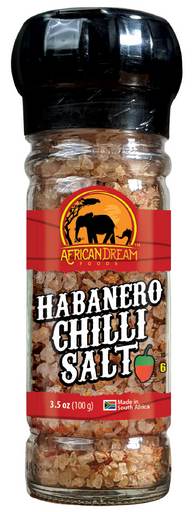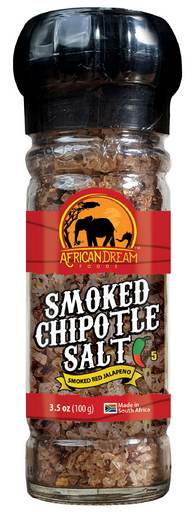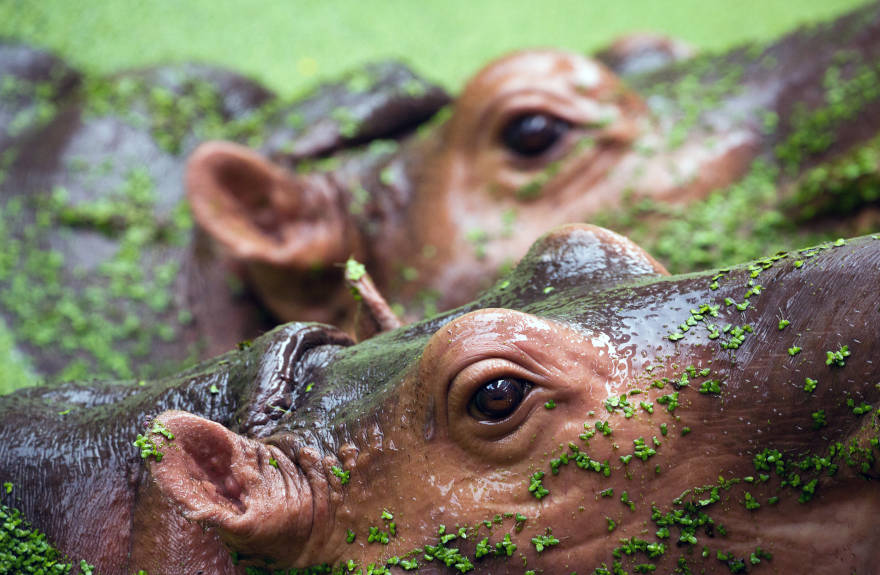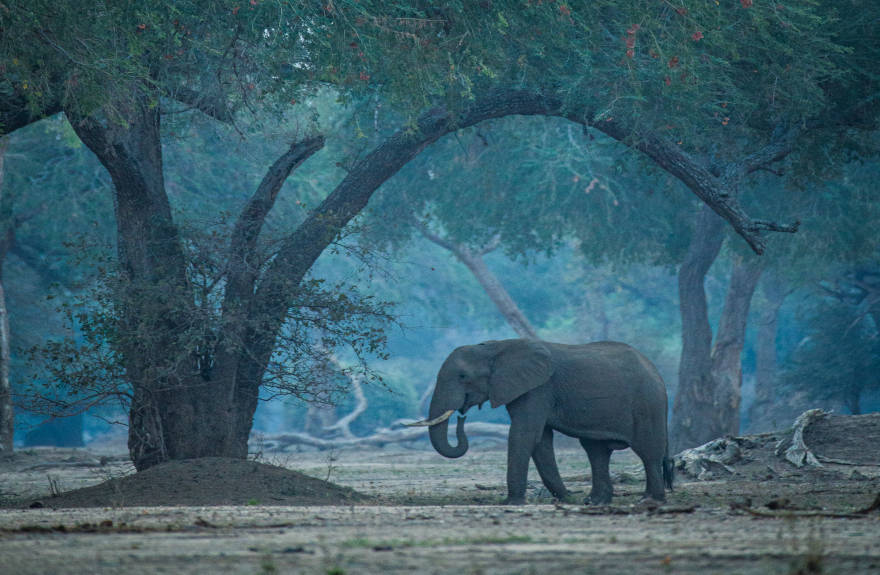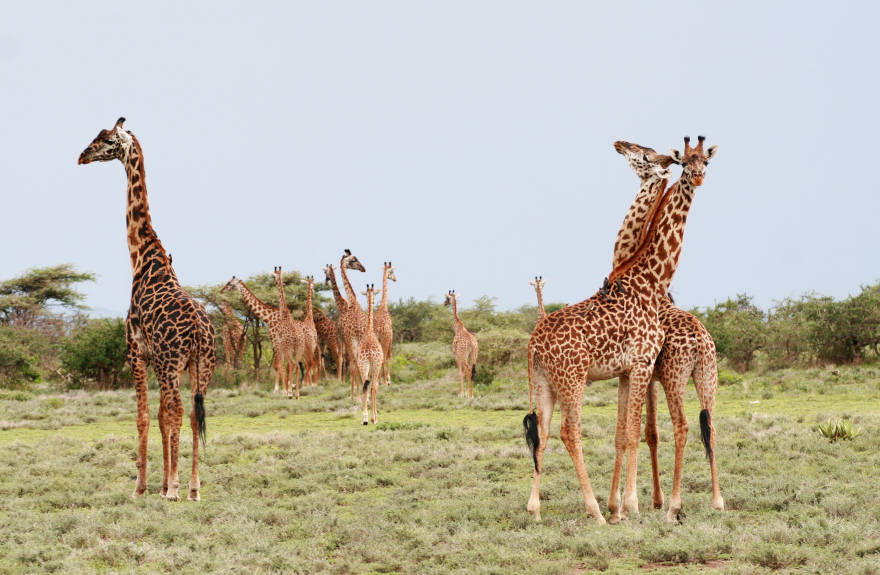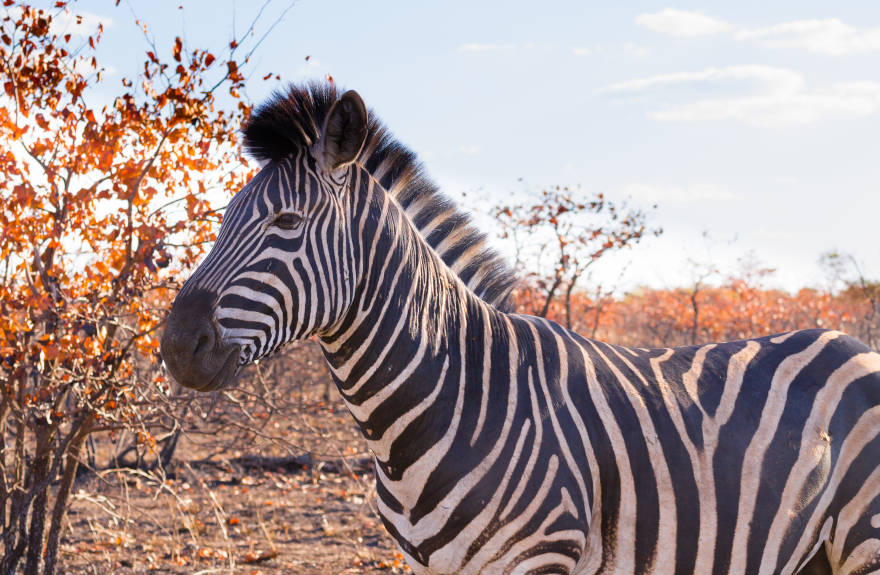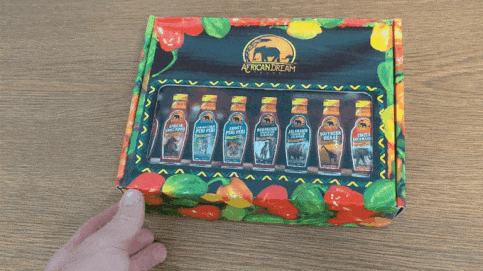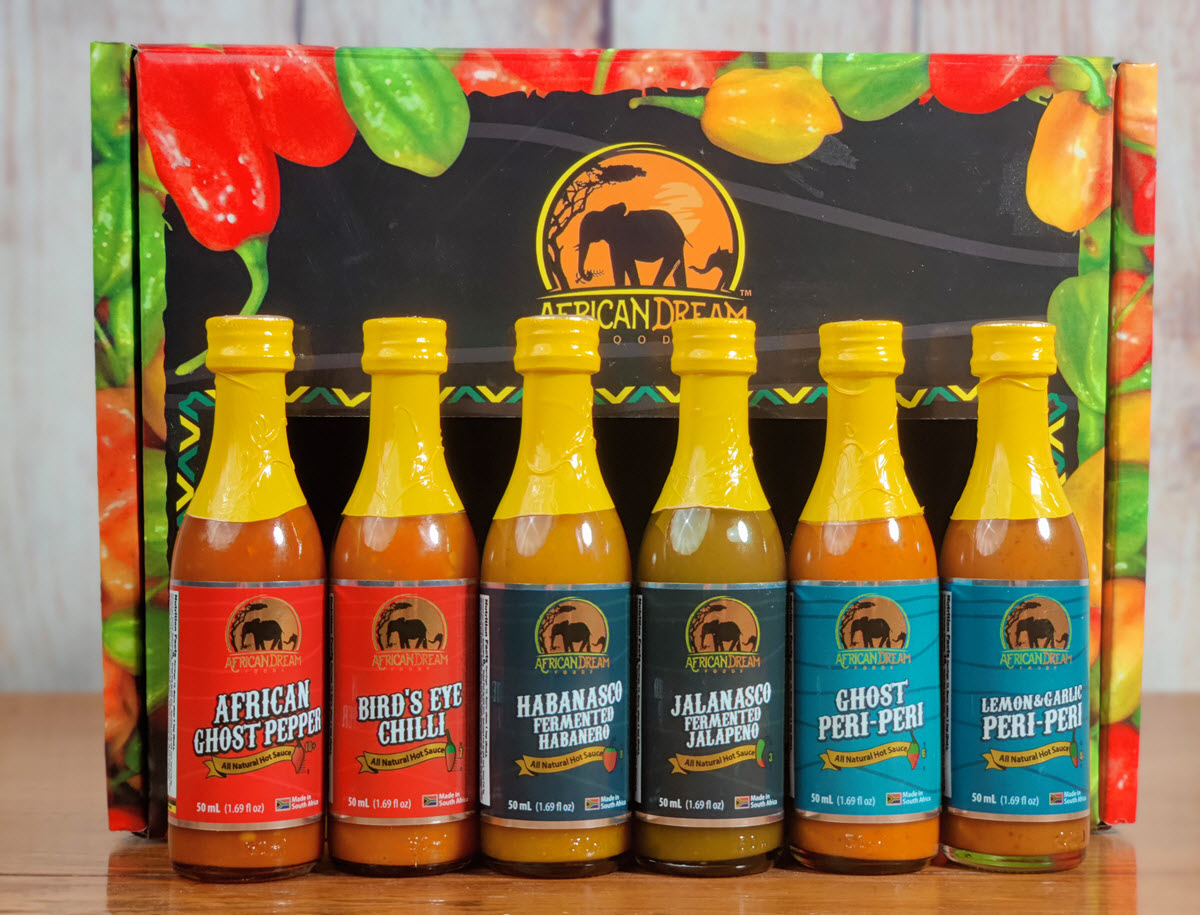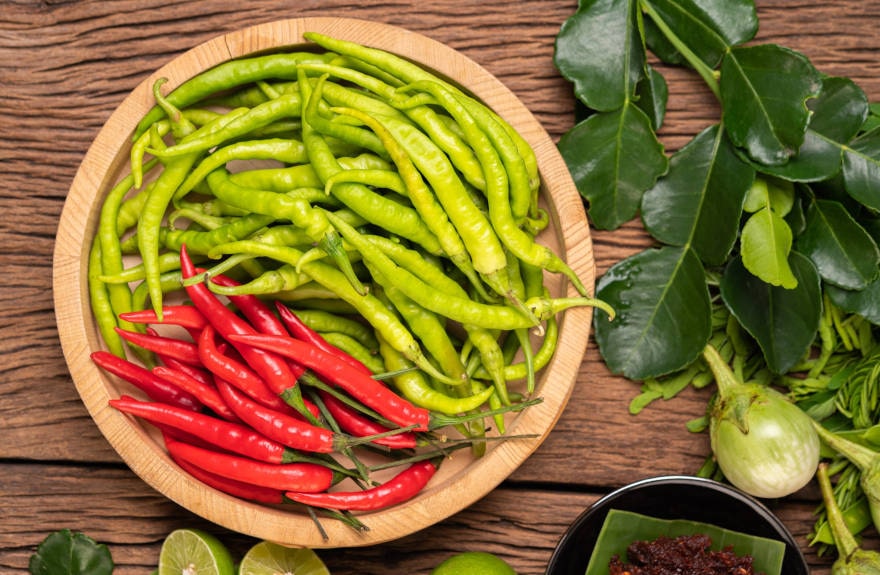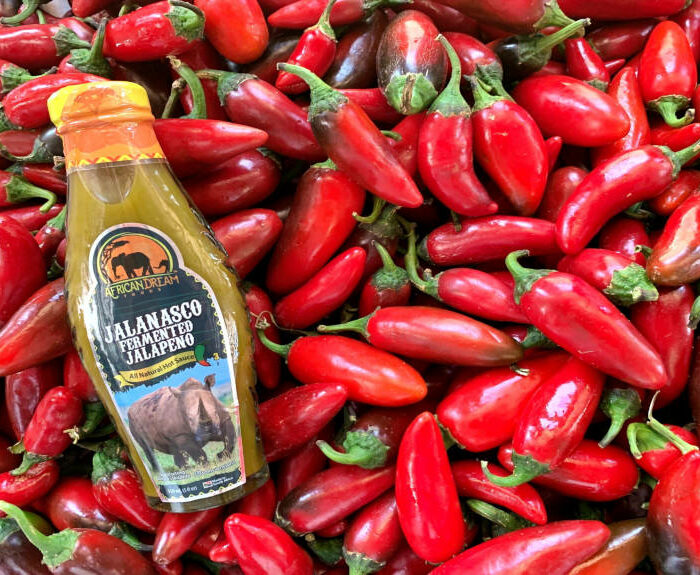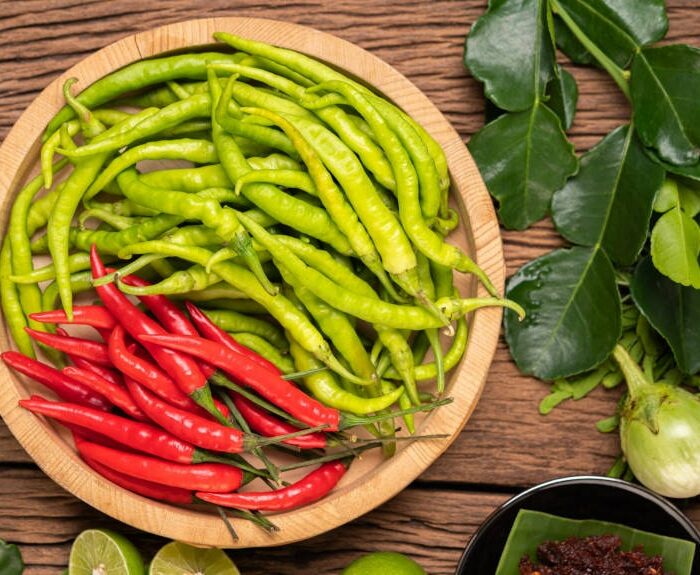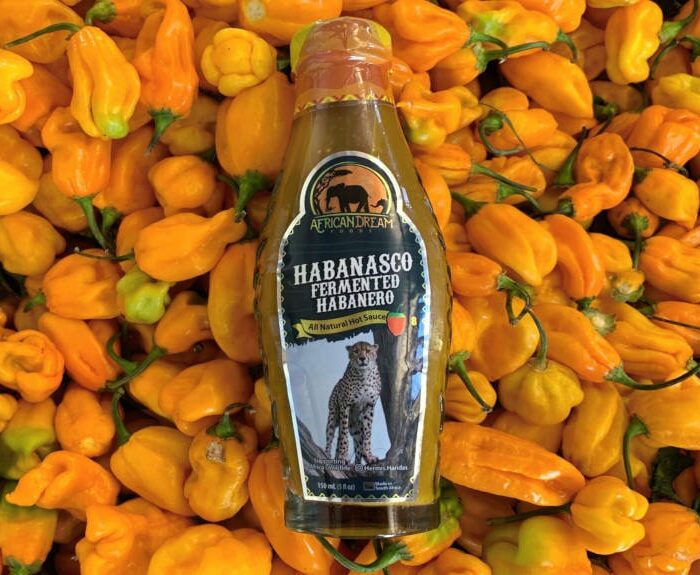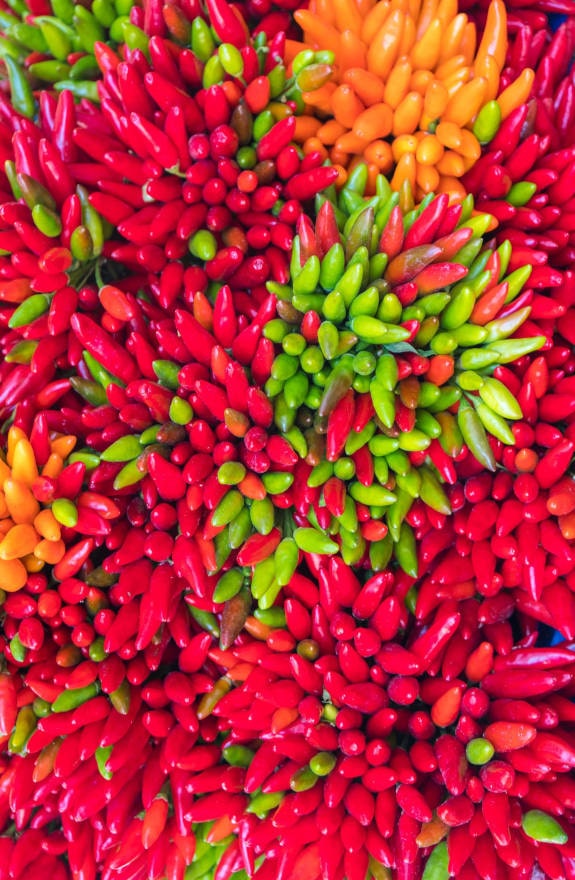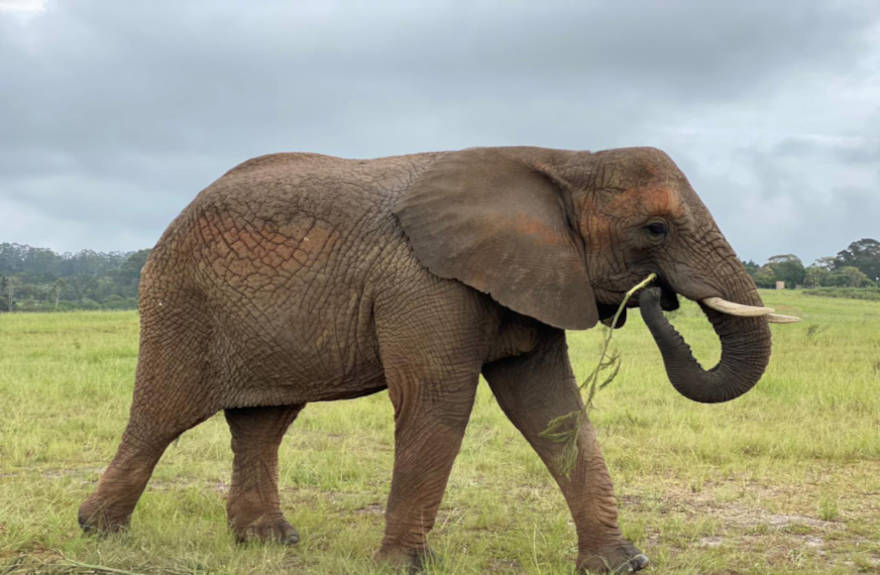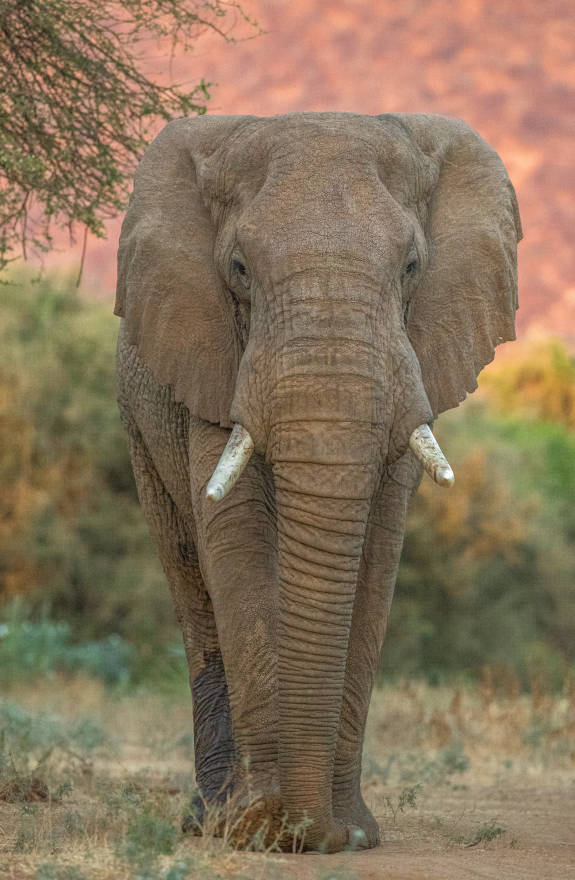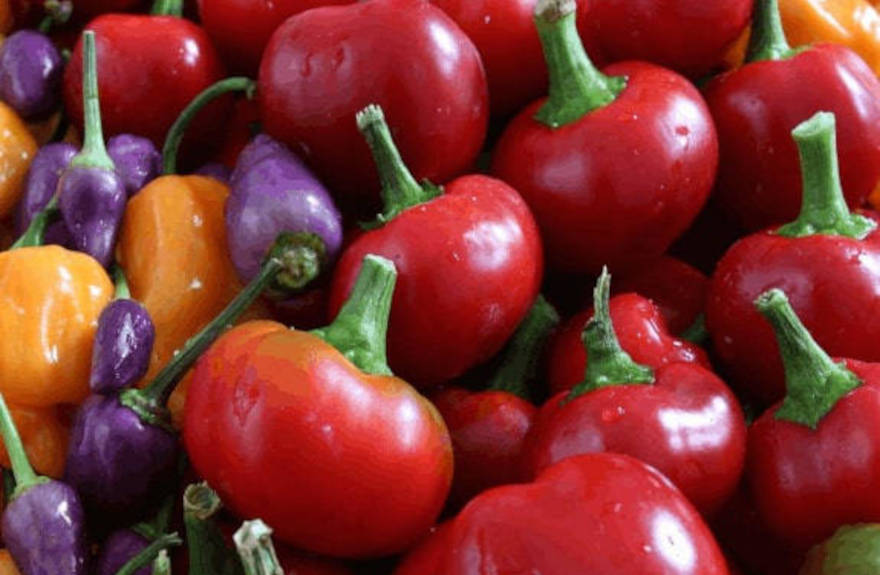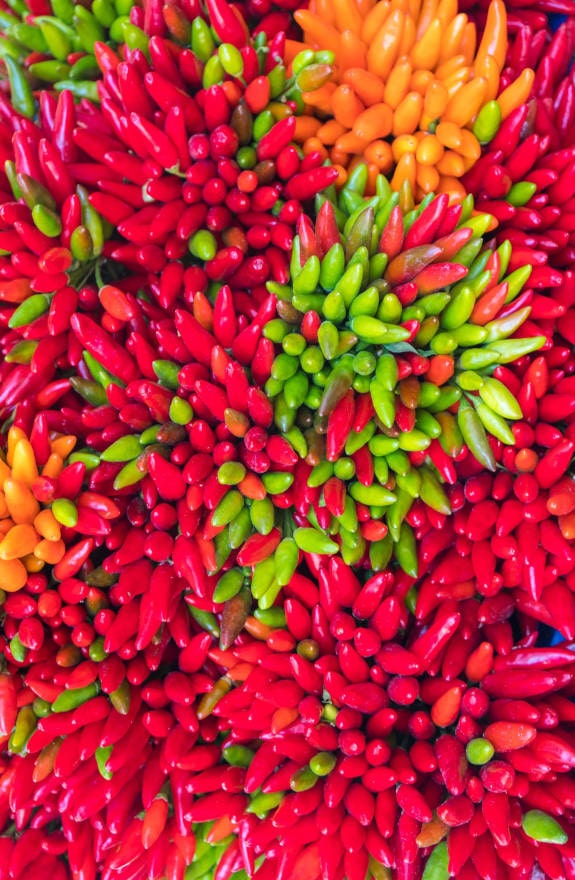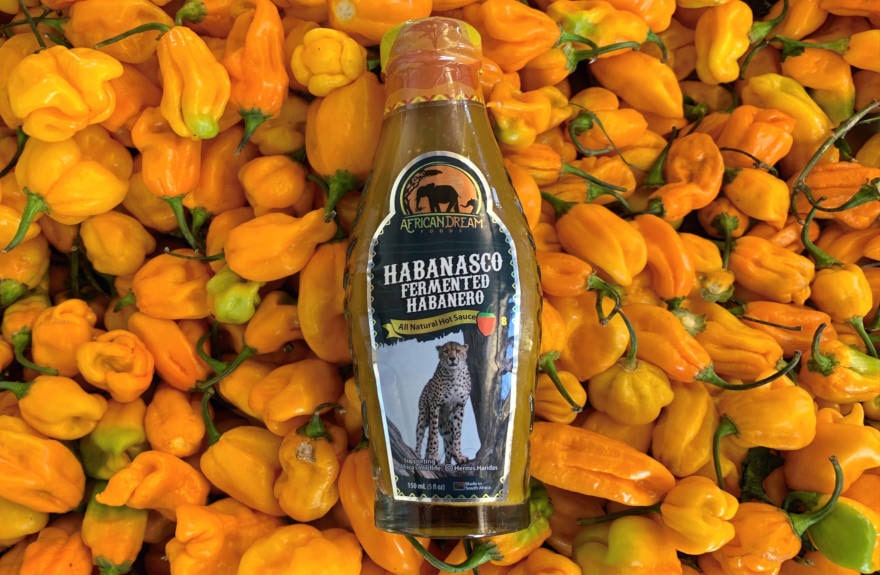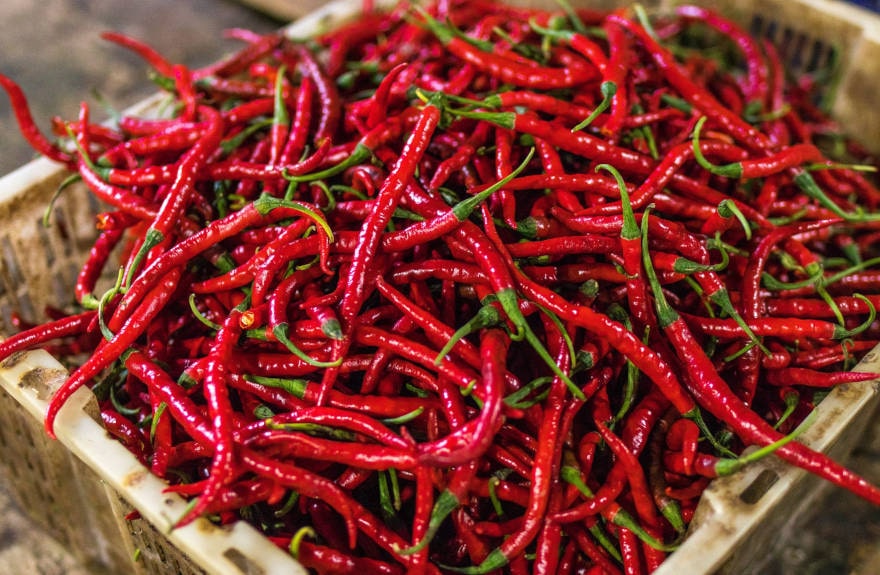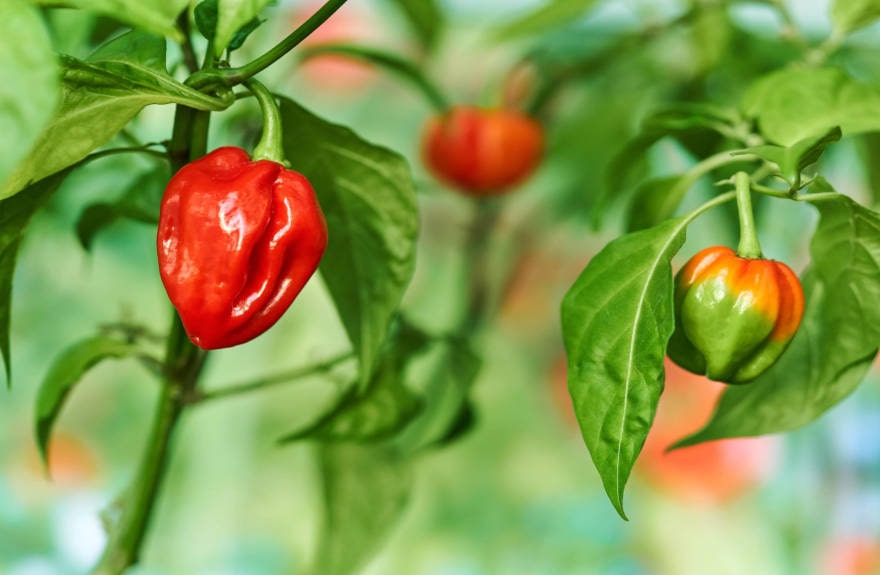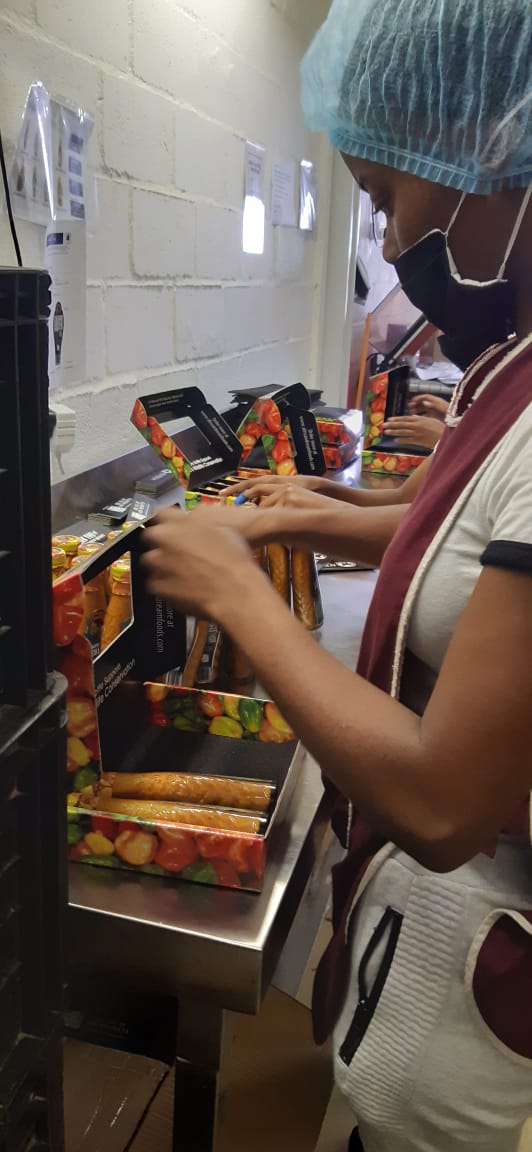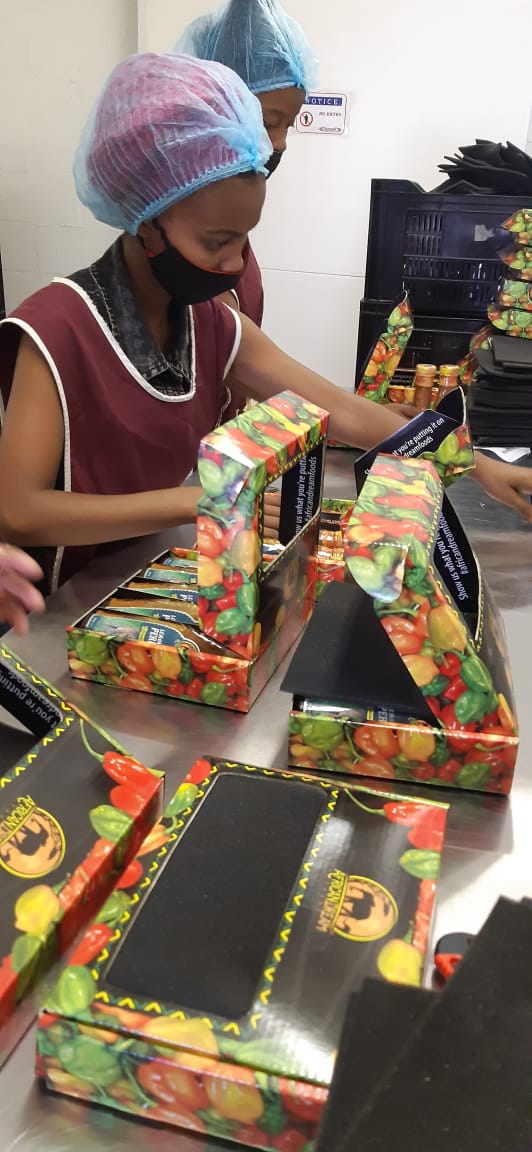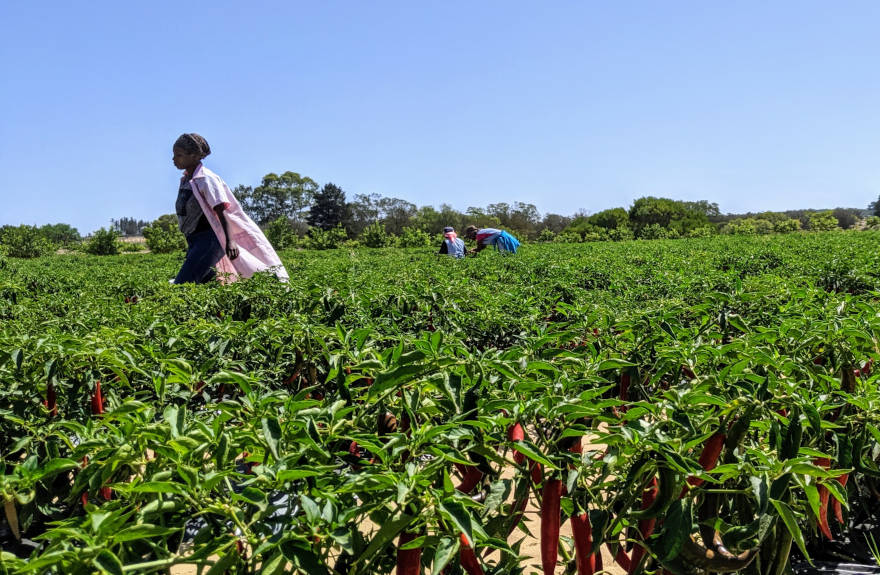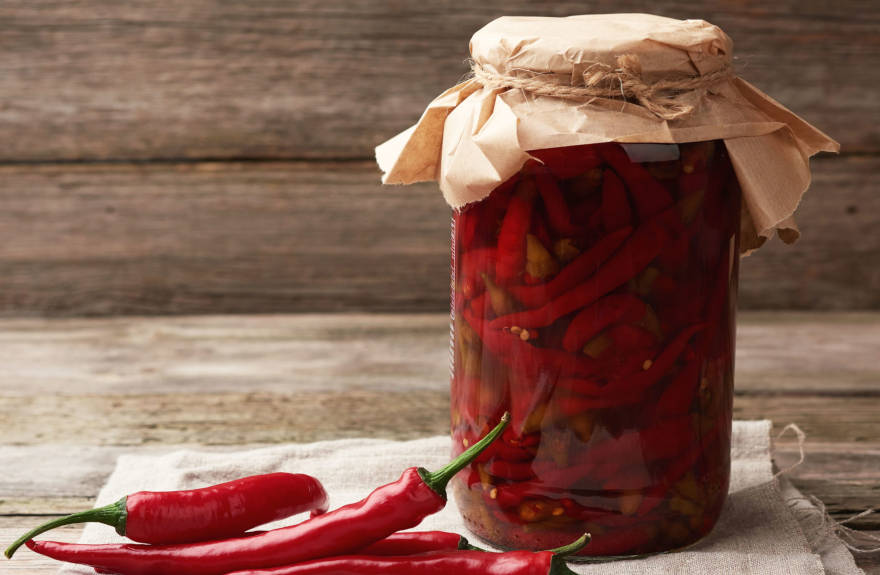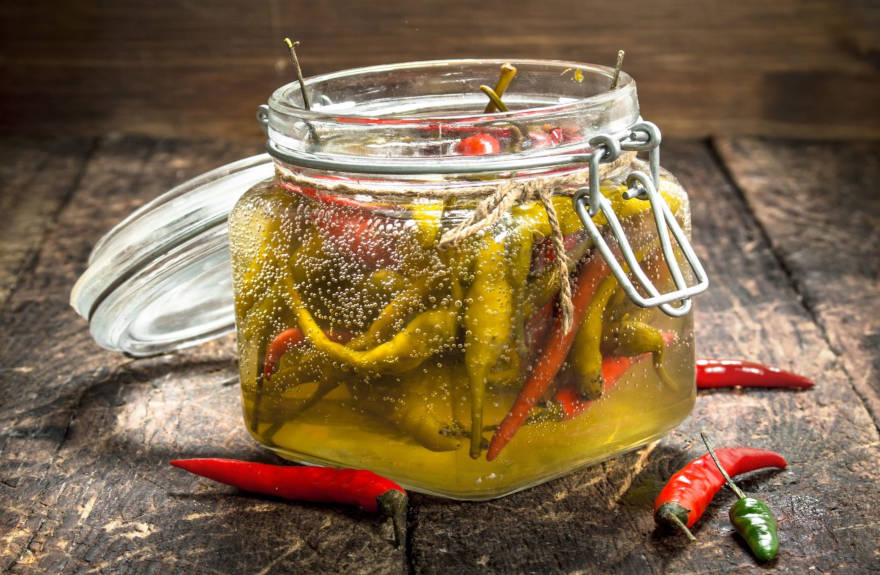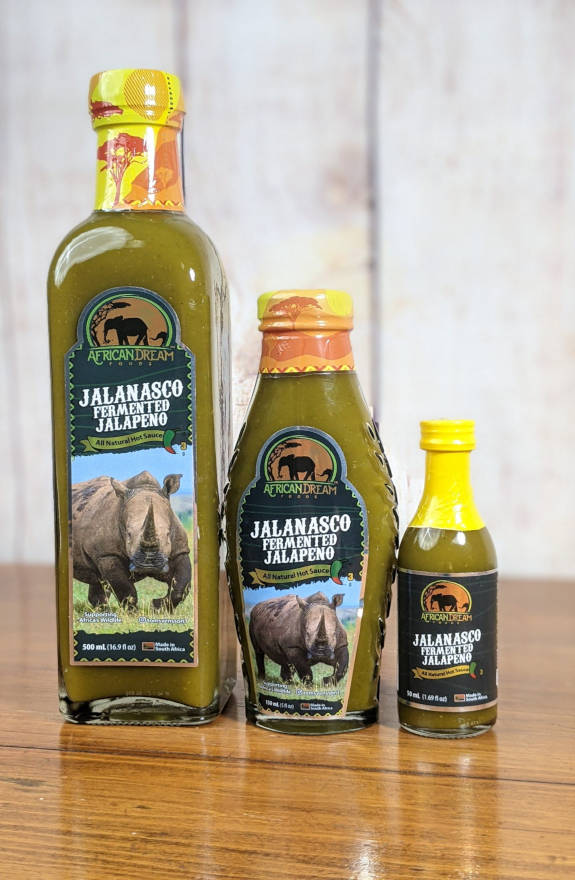Best Hot Sauces: Our Top Picks
The result? A mouthwatering lineup of eight mind-blowing sauces, three chilli salts and one smoke seasoning that are dead set on changing how you experience food.
So when it comes to picking ADF’s “top” products, it’s less about identifying which sauces are the “best” and more about finding your sauce-soulmate.
Ready to fall in love? Allow us to do a bit of matchmaking. After you’ve identified the products that fit your flavor preferences, hop over to ADF’s online store to craft a customized pack.
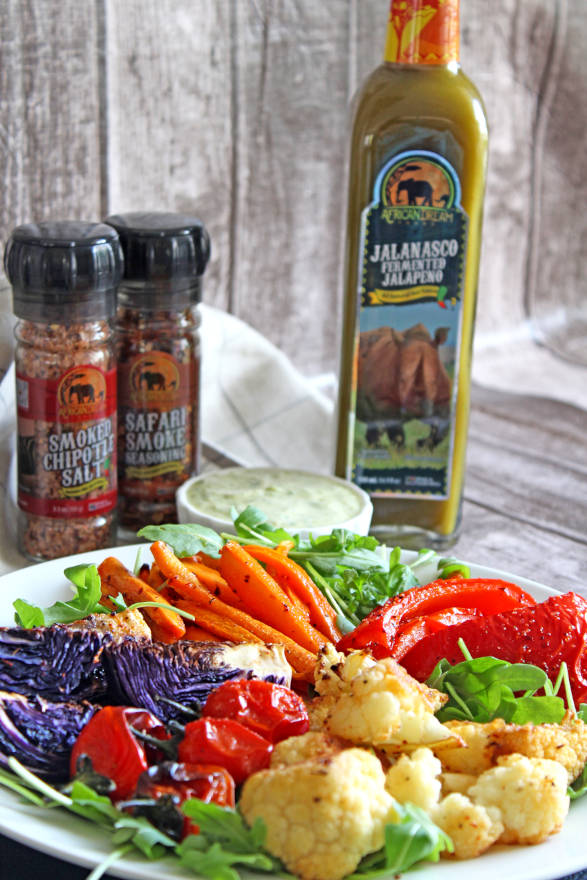
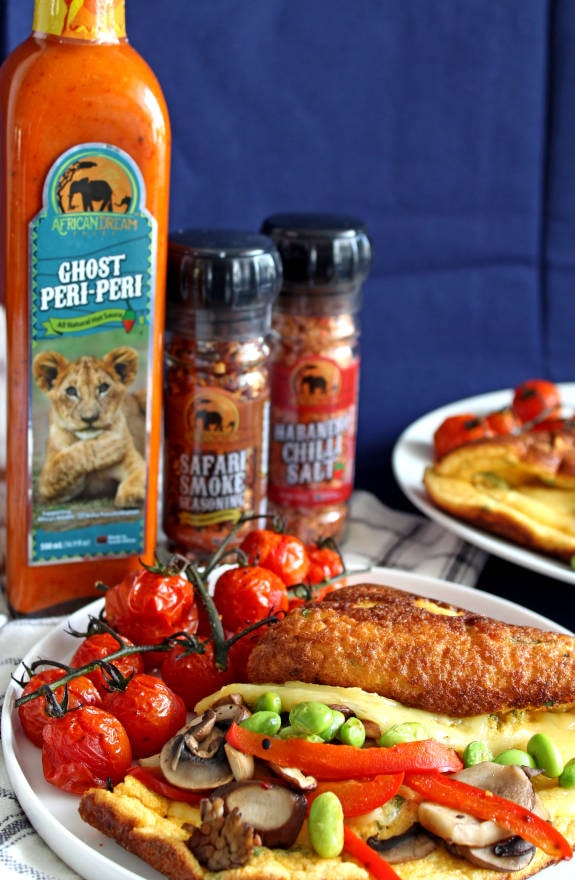
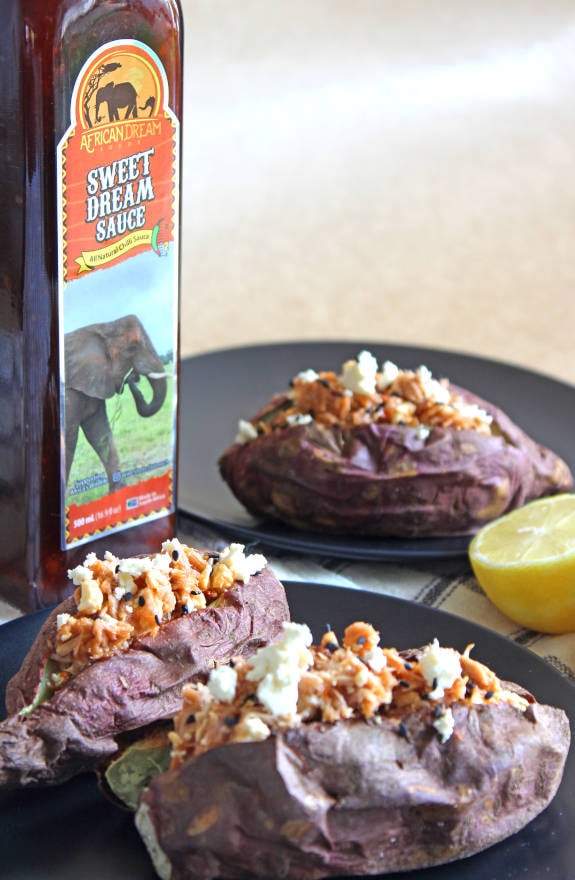
Best hot sauce for those who like it mild:
Let’s be real: extreme heat isn’t for everyone. Sure, you like a dash of spice, but you’d rather bask in pure flavor than set your tastebuds ablaze. We get you.
There’s no shame in liking it mild. If you’re craving authentic African flavor with a milder edge, the Southern Braai Sauce and Sweet Dream Sauce are two favorites just waiting to win you over.
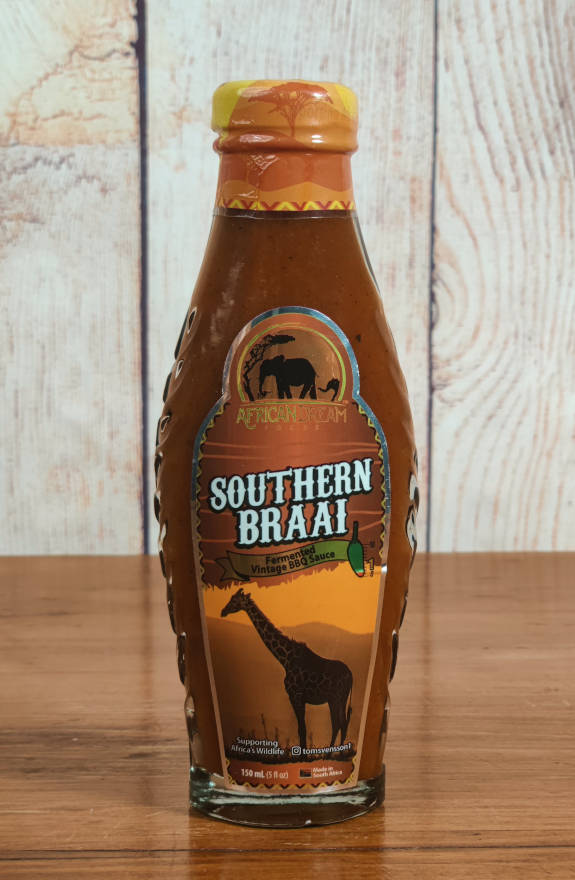
Southern Braai (Heat Rating: 1/10)
Our Southern Braai is a chilli BBQ sauce hailing originally from Africa’s deep south. With a full-bodied sweetness and subtle notes of spice, this one’s known fondlyby our team as a hot sauce with “training wheels.”
The sauce’s fermented red peppers do offer a gentle zing, but their tangy edge registers more as sharp flavor than serious heat. We recommend the Southern Braai sauce to those who shy away from serious spice but still crave bold, authentic flavor.
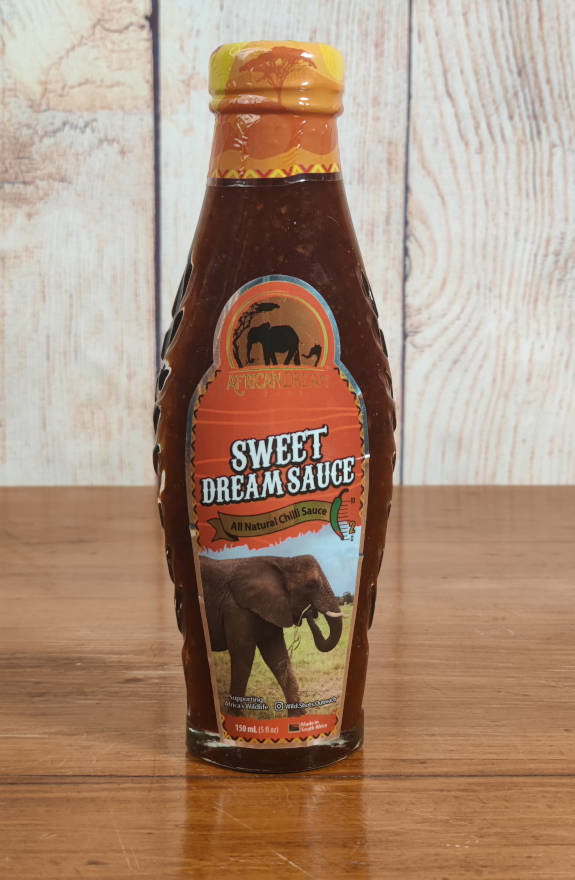
Sweet Dream Sauce (Heat Rating: 2/10)
We weren’t kidding when we said that we designed ADF’s premier collection to include a little something for everyone. If traditional hot sauce isn’t your jam, our jam-like Sweet Dream Sauce just might be.
We like to think of this one as chutney’s bolder, more flavorful cousin. With a thick, full-bodied consistency, the Sweet Dream Sauce boasts a balanced pallet of flavor from bell peppers, garlic, lemons, coriander and just a dash of red chilli. Its pleasant tingle, fruity undertones and rich texture make it the perfect addition to a bagel and cream cheese.
Best hot sauce for those who like it medium:
There’s something to be said for the middle ground. You crave heat, but you’d rather not scare the pants off your tastebuds. You’re looking for a sauce with a hearty, seductive burn that doesn’t absolutely gas-torch your brains out. We get it—you’re about moderation, and frankly we respect that.
For those who like it medium, the Ghost Peri-Peri Sauce and Bird’s Eye Chilli Sauce hit that sweet spot between mild and mind-blowingly hot.
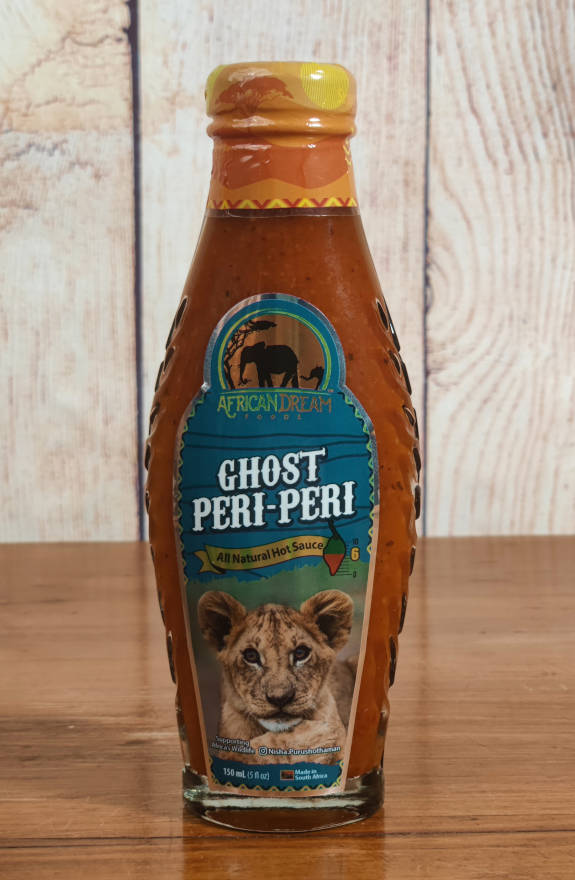
Ghost Peri-Peri (Heat Rating: 6/10)
The Ghost Pepper has a reputation as a super-hot chilli. But our Ghost Peri-Peri Sauce rounds out the pepper’s intense heat, balancing it with the rich flavor of lemons, garlic and cane sugar. A daring take on traditional peri-peri sauce, this one is miles away from any “hot sauce” you’ve ever tasted.
Our Ghost Peri-Peri is also the perfect opportunity for mid-level heat enthusiasts to experience the iconic chilli’s distinctive flavor without submitting themselves to the ghost pepper’s full-force, mind-blowing heat. At a 6/10 on our scale, this one has a sweet upfront flavor backed by a slow-burning spice. It’ll warm your mouth without knocking you out.
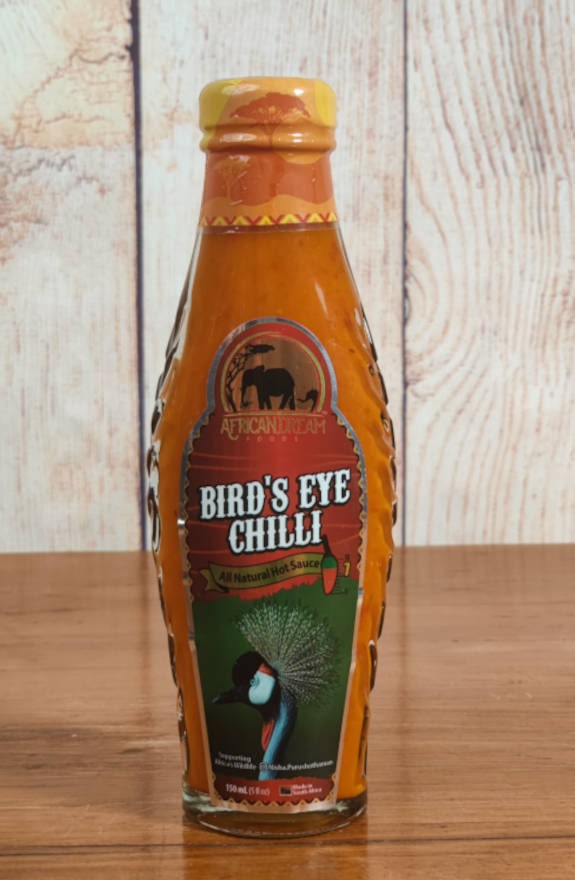
Bird's Eye Chilli Sauce (Heat Rating: 7/10)
The African bird’s eye chilli is a staple in regional cuisines across the continent. It’s best known for its complex taste, striking heat and addictive nature. Those three components are also exactly what makes it shine as the star ingredient of our Bird’s Eye Chilli Sauce—a medium-level sauce that doesn’t sacrifice flavor for heat.
Registering a 7/10 on our heat scale, this one balances the pepper’s piquant sizzle with the vibrant flavors of farm-grown garlic, salt and vinegar. It’s guaranteed to bring an ardent, unforgettable zest to pizza, chicken, meat or fish.
Best hot sauce for those who like it hot:
So you’re a bit of a daredevil, eh? You’re after a sauce that pushes the boundaries and makes you sweat. You don’t shy away from the heat. In fact, you’re addicted to it—and we don’t blame you!
If you’re a die-hard spice lover itching for flavor that’s going to send your head spinning, our heavy-hitting African Ghost Pepper Sauce and Habanasco Sauce are right up your alley.
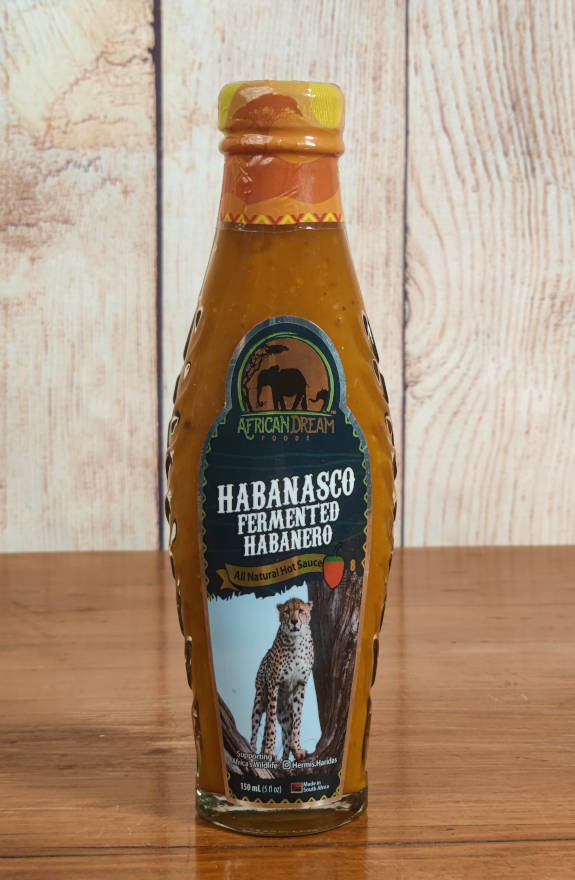
Habanasco Sauce (Heat Rating: 8/10)
Though crafted in the spirit of a traditional tabasco, our Habanasco Sauce boasts a flavor pallet and heat entirely its own. In place of tabasco chillis, we use farm-grown vintage habanero peppers, which lend the sauce its sweltering heat and remarkable flavor.
Each habanero destined for our Habanasco Sauce is aged for 6-12 months, which sharpens its flavor and brings out a strong, tangy edge. Its versatile, umami taste is exactly what your pizza, chicken, meat, fish and eggs are missing.
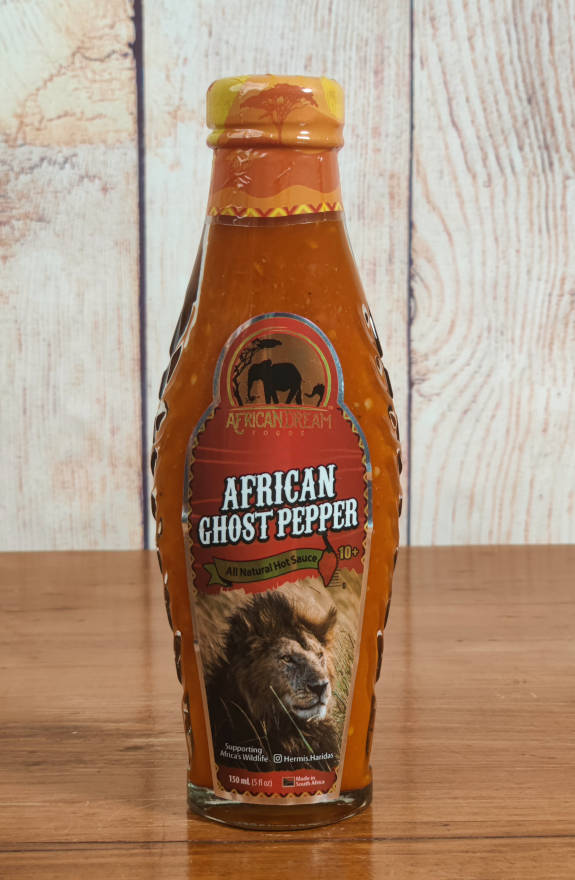
African Ghost Pepper Sauce (Heat Rating: 10+/10)
We’ll put it bluntly: our African Ghost Pepper Sauce is serious business. With a slow build and lingering burn, this one’s for the true daredevils and heat addicts. If you’re one of the few tried-and-true spice enthusiasts who can push past the sauce’s upfront heat, you’ll be rewarded with its sweet undertones and salty finish.
Sure, it’s hellishly hot—but its flavor is heavenly. Use with caution.

